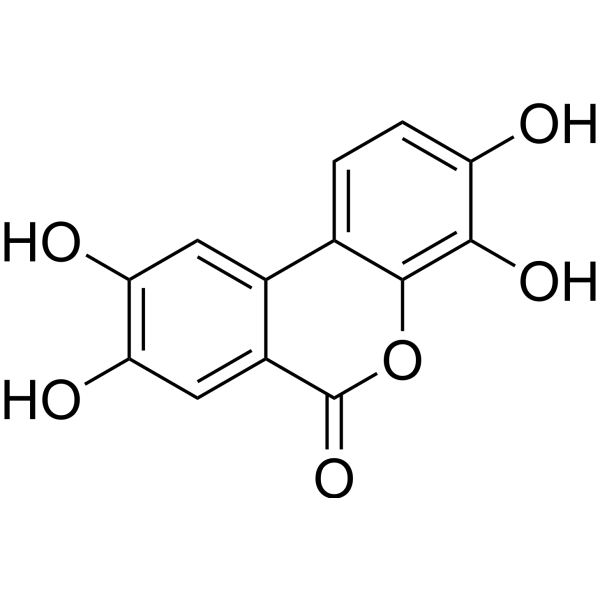Ephrin Receptor
Ephrin receptors (Ephs) are a group of receptors that are activated in response to binding ephrin. Ephs form the largest known subfamily of receptor tyrosine kinases (RTKs). Both Ephs and their corresponding ephrin ligands are membrane-bound proteins that require direct cell-cell interactions for Eph receptor activation. Eph/ephrin signaling has been implicated in the regulation of a host of processes critical to embryonic development including axon guidance, formation of tissue boundaries, cell migration, and segmentation. Additionally, Eph/epherin signaling has recently been identified to play a critical role in the maintenance of several processes during adulthood including long-term potentiation, angiogenesis, and stem cell differentiation and cancer. The ability of Ephs and ephrins to mediate a variety of cell-cell interactions places the Eph/ephrin system in an ideal position to regulate a variety of different biological processes during embryonic development.
Ziele für Ephrin Receptor
Produkte für Ephrin Receptor
- Bestell-Nr. Artikelname Informationen
-
GC35053
123C4
123C4 ist ein potenter, selektiver und kompetitiver Agonist der Rezeptortyrosinkinase EPHA4 mit einem Ki-Wert von 0,65 μM.
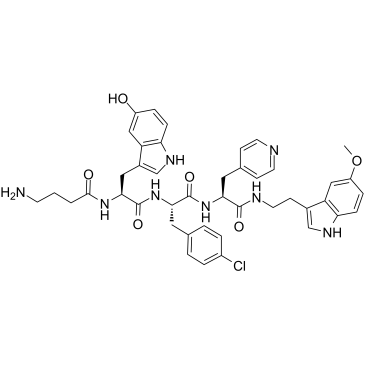
-
GC11134
ALW-II-41-27
Ein Multi-Kinase-Inhibitor
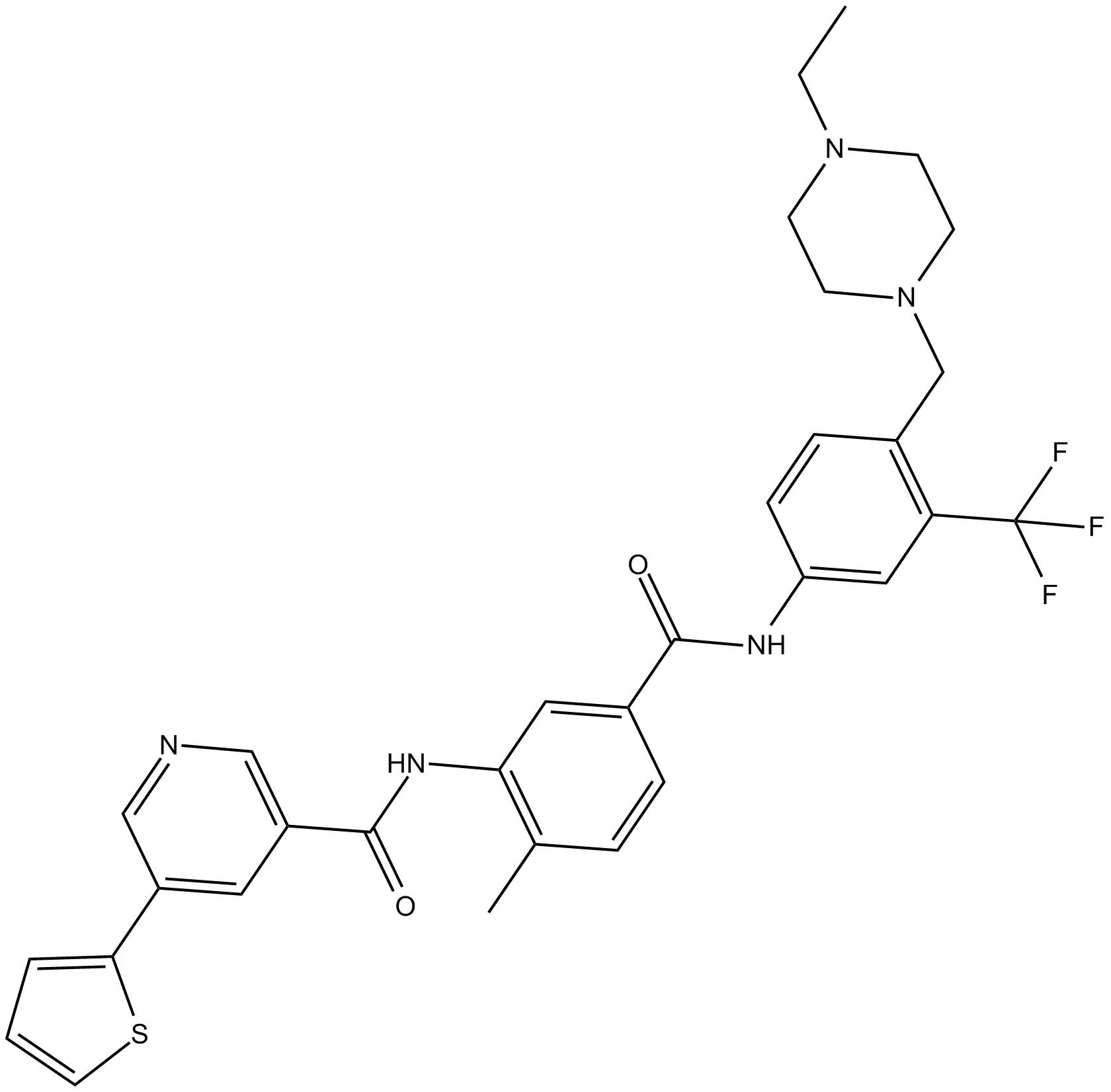
-
GC68647
ALW-II-49-7
ALW-II-49-7 ist ein selektiver EphB2-Inhibitor mit einer EC50 von 40 nM in Zellen.
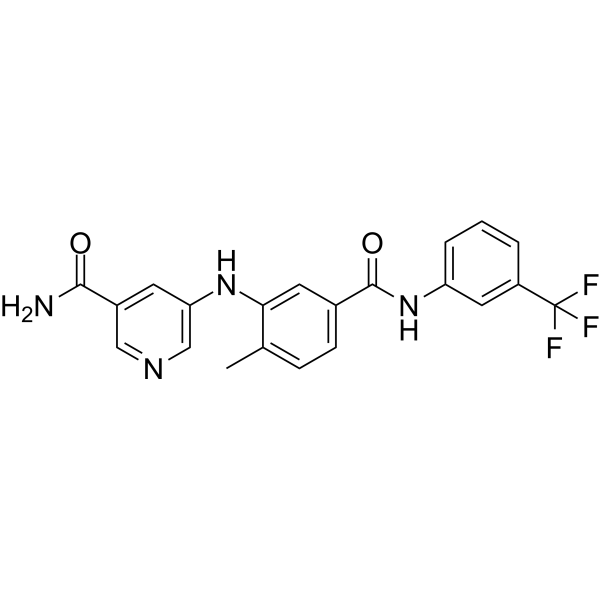
-
GC25367
Ehp-inhibitor-1
Ehp-inhibitor-1 (Ehp inhibitor 2) is an Eph family tyrosine kinase inhibitor that targets Eph receptors.
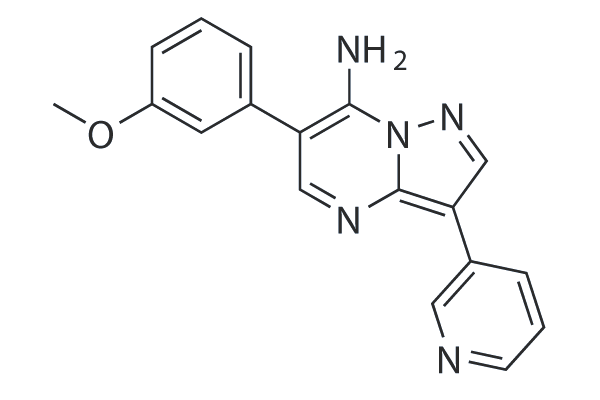
-
GC18168
JI-101
JI-101 ist ein oral verfÜgbarer Multi-Kinase-Inhibitor von VEGFR2, PDGFRβ und EphB4 mit starker Anti-Krebs-AktivitÄt.
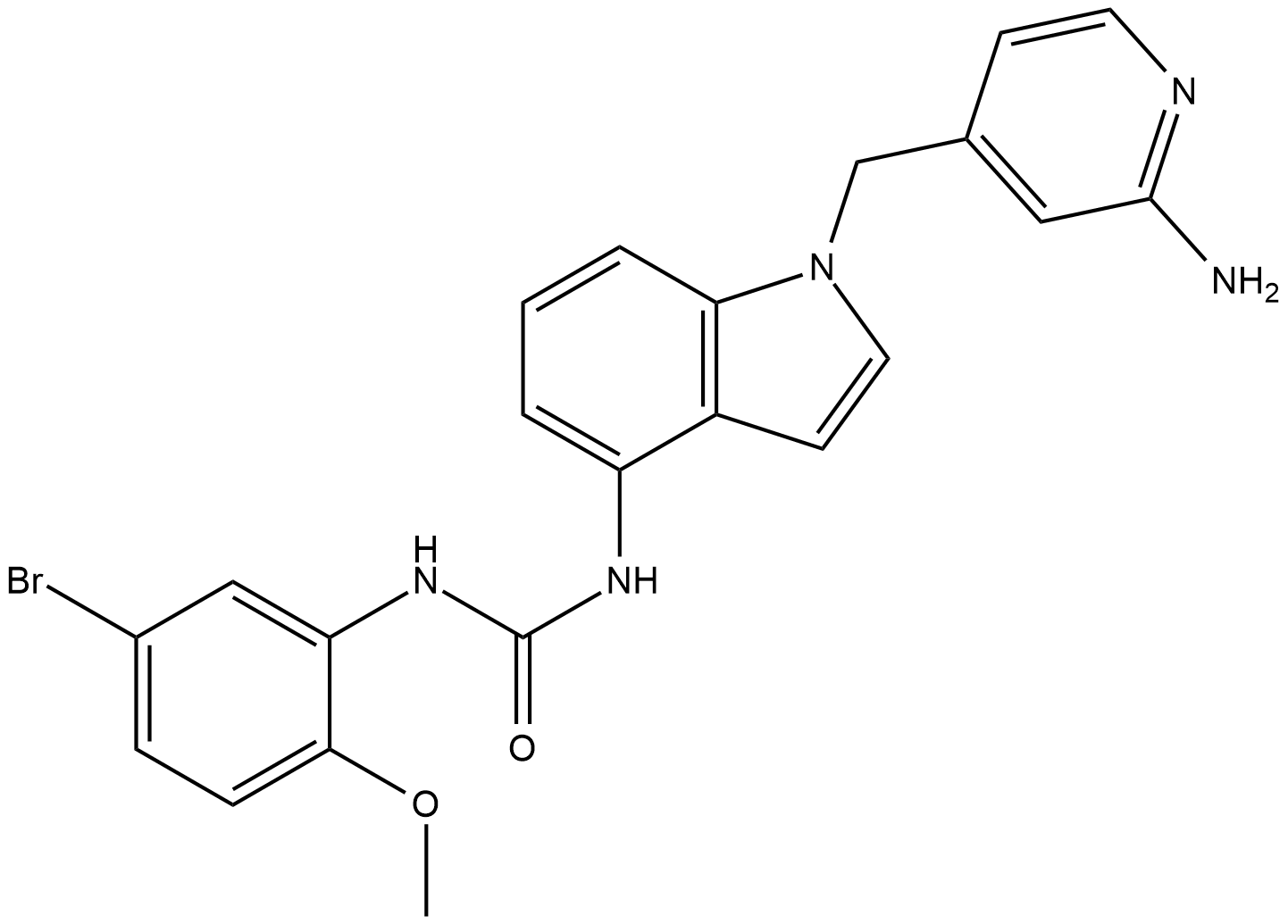
-
GC50137
KYL
KYL, ein antagonistisches Peptid, zielt selektiv auf den EphA4-Rezeptor ab.

-
GC14332
NVP-BHG712
NVP-BHG712 ist ein oral aktiver EphB4-Kinase-Autophosphorylierungsinhibitor mit IC50-Werten von 3,3 nM und 3,0 nM fÜr EphA2 bzw. EphB4.
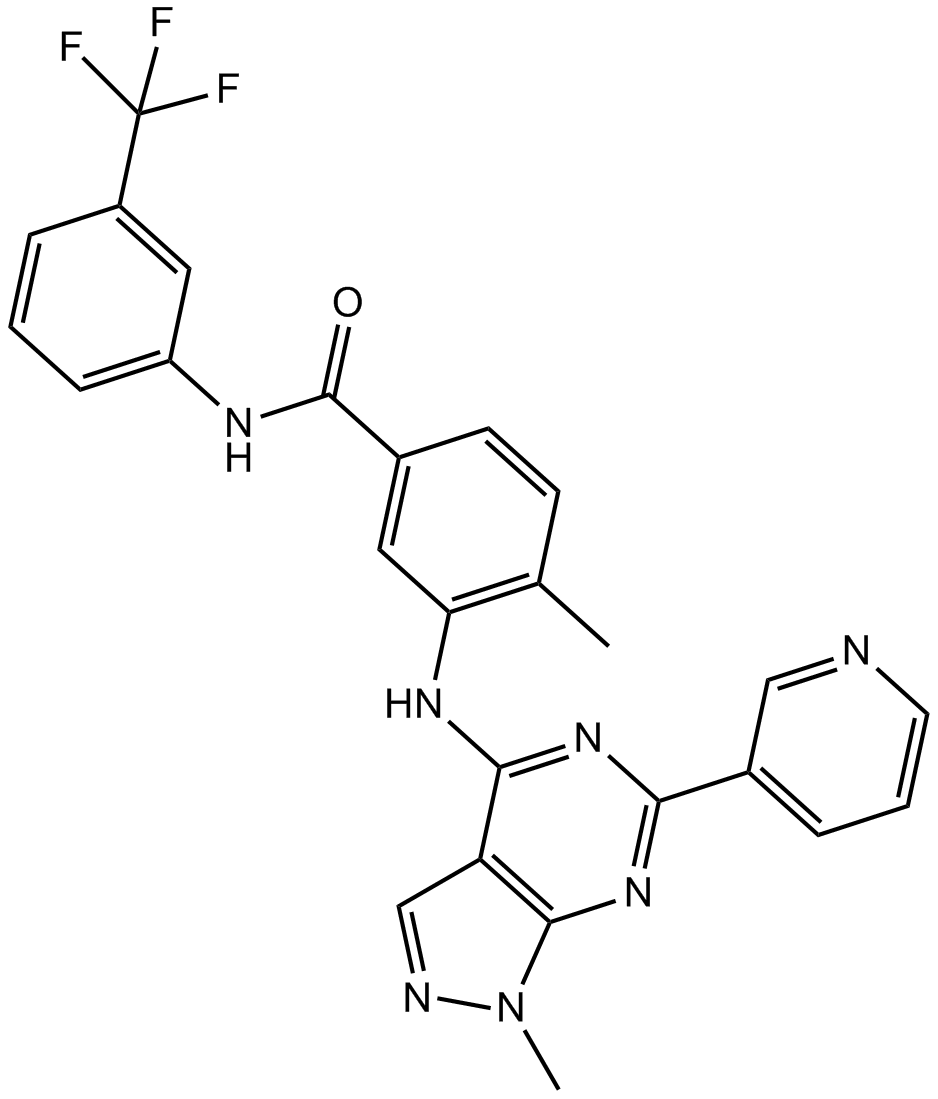
-
GC36782
NVP-BHG712 isomer
Das NVP-BHG712-Isomer, ein Regioisomer von NVP-BHG712, zeigt eine konservierte, nicht gebundene Bindung an EPHA2 und EPHB4.
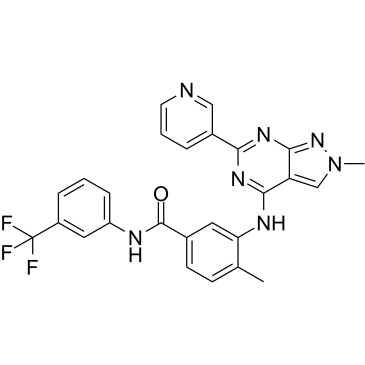
-
GC31752
Tesevatinib (XL-647)
Tesevatinib (XL-647) (XL-647; EXEL-7647; KD-019) ist ein oral verfÜgbarer Multi-Target-Tyrosinkinase-Inhibitor; hemmt EGFR-, ErbB2-, KDR-, Flt4- und EphB4-Kinase mit IC50-Werten von 0,3, 16, 1,5, 8,7 und 1,4 nM.
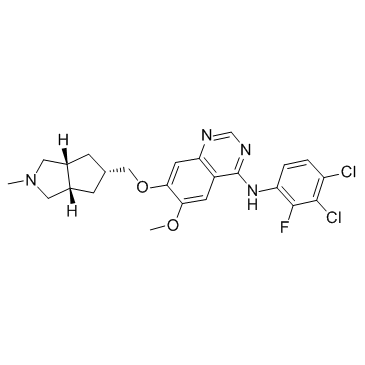
-
GC64856
UniPR129
UniPR129 ist ein potenter Eph/Ephrin-Antagonist. UniPR129 hat das Potenzial fÜr die Erforschung von Krebserkrankungen.
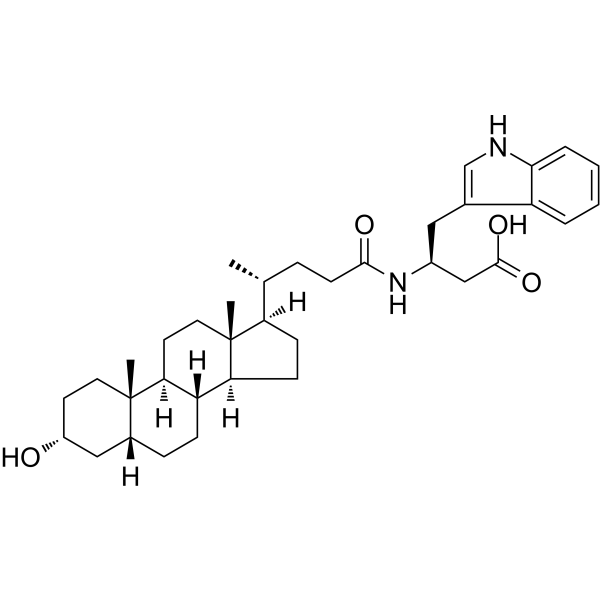
-
GC70097
Urolithin D
Urolithin D is a competitive and reversible antagonist of the EphA receptor. Urolithin D exhibits intra-class selectivity. (Urolithin D ist ein kompetitiver und reversibler Antagonist des EphA-Rezeptors. Urolithin D zeigt eine Intra-Klassen-Selektivität.)
